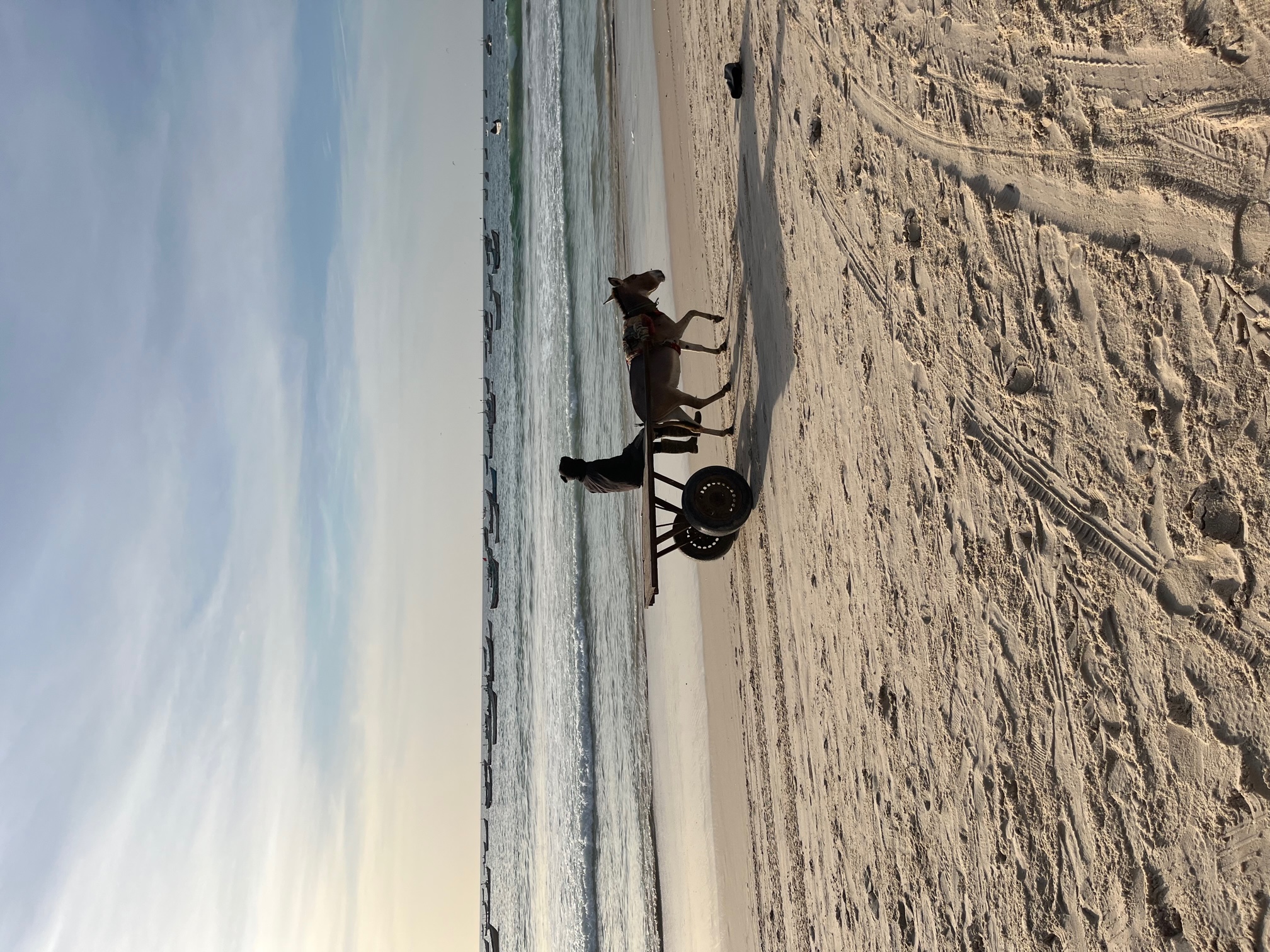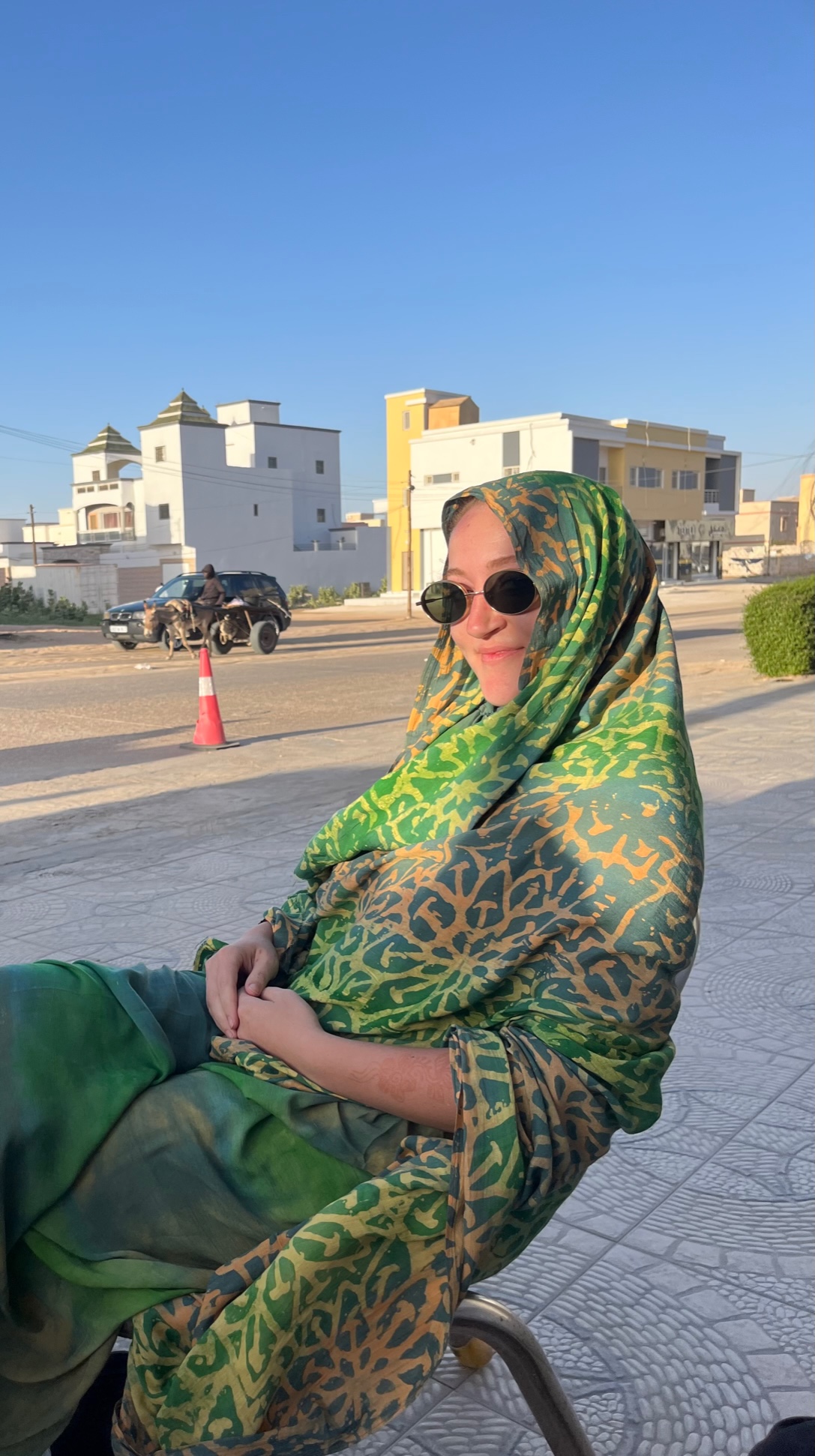Mauritania is a travel destination that will inspire friends and family to ask, “Where the heck is that?” A Saharan country located on the west coast of northern Africa, Mauritania is a raw and not commonly traveled to place to visit. Due to its position in the Sahel (a biogeographical region of central North Africa stretching from Mauritania to Eritrea often fraught with instability), and its borders with Mali and disputed Western Sahara, many at first glance will deem Mauritania unsafe. However, Mauritania is absolutely safe for travelers! Locals will make you feel welcome, crime rates are low, and you are statistically safer in Nouakchott than you are in Paris, New York, or London. When in Mauritania, I have never felt in danger, felt uneasy, or felt the need to exercise more caution than I would in any other destination.
What About Government Travel Warnings?
A quick internet search on Mauritania’s travel safety will likely result in a myriad of government and travel insurance sites telling you not to travel due to terrorism or risk of kidnapping. However, there has not been any instance of violence against a tourist in the last 15 years. The last cases of a tourist being kidnapped, killed, or a victim of a terrorist incident were in 2009. Since then, the government has greatly increased police checkpoints and counterterrorism measures, and the political situation has grown more stable following a coup in 2008.
While many government offices deem travel to Nouakchott safe, they do advise against travel to several other regions that are often on a traveler's itinerary that I would still recommend visiting. Many label parts of the Adrar region, including Chinguetti, as a level 2, meaning that non-essential travel should be avoided. However, Chinguetti, an ancient city of libraries, is one of the most popular places for tourists to visit, and I have never had any negative experiences there or in the surrounding areas. The FCDO (Foreign, Commonwealth & Development Office) places Choum and Zouérat in the red (do not travel) zone. These are the two towns that travelers use to hop on the Iron Ore Train as it travels west towards Nouadhibou, so they cannot be avoided if you wish to experience the train. I have not had any issues in either town or heard bad stories from other travelers. The children in Choum might gather around you as you wait near the tracks, but they will not get too close, and they are easily entertained. And in my experience, most people thinking about traveling to somewhere like Mauritania have come across groups of curious children before!
The border with Western Sahara is also listed as a red zone, however the Iron Ore Train actually travels along this border, and I have not heard of any travelers experiencing conflict or crime here. It is worth noting, if you are actually crossing the border with Western Sahara, that the no man’s land area between border control offices is still a mine field. However, the road is traveled daily and is a popular border crossing for tourists, so if you do not go off-road, you should not have any issues.
There are some regions where I would agree with the government travel warnings. The border with Mali is known to be extremely unstable and have some dangerous characters. However, with very limited roads, it is extremely difficult to reach this far east and it is unlikely to be on your itinerary in the first place. You would probably be turned away by the military before you reached anywhere close to the border. The same can be said for the area near the border with Algeria – you need special military permission to enter this region, and you are unlikely to get it.
As always, you should make your own decisions about where and how to travel, however Mauritania probably isn’t as unsafe as most people expect.
Steps to Feel More Comfortable in Mauritania
-
Particularly if you are traveling by yourself, dressing like a local is a good way to avoid attention. And bonus, the local dress of Mauritania is breezy and comfortable! Women commonly wear a malahfa, which is a long piece of fabric that is tied at the shoulder then wrapped around the body and head. Men wear a Draa or Boubou over tunics. They are loose and drapey with large armholes that can be rolled up to the shoulders and are typically blue with gold or white embroidery. However, most westerners, particularly those in groups, feel comfortable wearing their own clothes. Men in a group can even get away with shorts. As a woman, when I travel with a group in Mauritania, I feel comfortable in a loose t-shirt and pants and never feel compelled to wear a head covering.
-
Although crime rates are quite low in Mauritania, anything can happen anywhere, and keeping your belongings close to you is always a good idea. Mauritania is not a particularly crowded place, even in the central market in Nouakchott, so pickpocketing is not common. However, the children can be quite daring, and may even grab onto you, so keeping your phone and wallet in an inside pocket or in a small, zipped bag might make you feel more comfortable.
-
If driving in Mauritania, note that the infrastructure is limited, and roads can often be completely covered in sand, making travel without a 4x4 vehicle impossible in most places. Even the most experienced desert drivers can often get stuck in the sand, and in some areas, it could be hours before another car passes by to potentially help dig and push you out, so I would caution against driving by yourself if you are a solo traveler. However, hitchhiking is doable, local drivers can be easy to arrange, and joining a group tour simplifies things even further.
-
Carry a fiche, or a photocopy of your passport (if you are traveling with a group tour, your guide will likely have this prepared already) if you are traveling outside of Nouakchott. There are many police checkpoints along the route, and having copies of your passport and route info will make the process go quickly. I’d recommend 20-30 copies if you are traveling from the Western Sahara border to Senegal, or vice versa. The police may ask you for money or a small present, but if you politely refuse it will not affect your ability to continue on. The checkpoints are in place to keep the country safe.
-
Have a general idea of your travel plans. While it is possible to arrange things on the go, Wi-Fi can be spotty and unreliable, particularly outside of Nouakchott, so do research and download offline maps ahead of time.
Traveling as a Woman in Mauritania
Women should feel comfortable traveling to Mauritania, but there are a few things to note if you are traveling by yourself. It is a very conservative country, and you may encounter men who are unwilling to interact with you unless you have a male “chaperone.” This makes something as simple as buying a juice or a bus ticket quite difficult and annoying. However, it is unlikely that the men in Mauritania will harass you or make you feel unsafe. It may benefit you to join a group tour or hire a local guide, not for safety, but just for the ease of completing your plans. However, it is also possible to travel through the country without.
You will see plenty of local women out during the day, but it is rare to see women out at night. If you are with a group or local guide, you will feel fine, but if you are on your own, being the only woman on the street after dark might make you feel a bit nervous. During the day, you will notice that it is rare to see a woman without a head covering, so again, if you are on your own, wearing the local malahfa or a head scarf with modest western clothes will draw less attention to you.
Conclusion
Overall, you will absolutely feel safe visiting Mauritania. If you respect the local customs and do not cause a scene, trouble will likely not find you. Mauritanians are friendly and welcoming, and it is an incredible country, well worth visiting.



